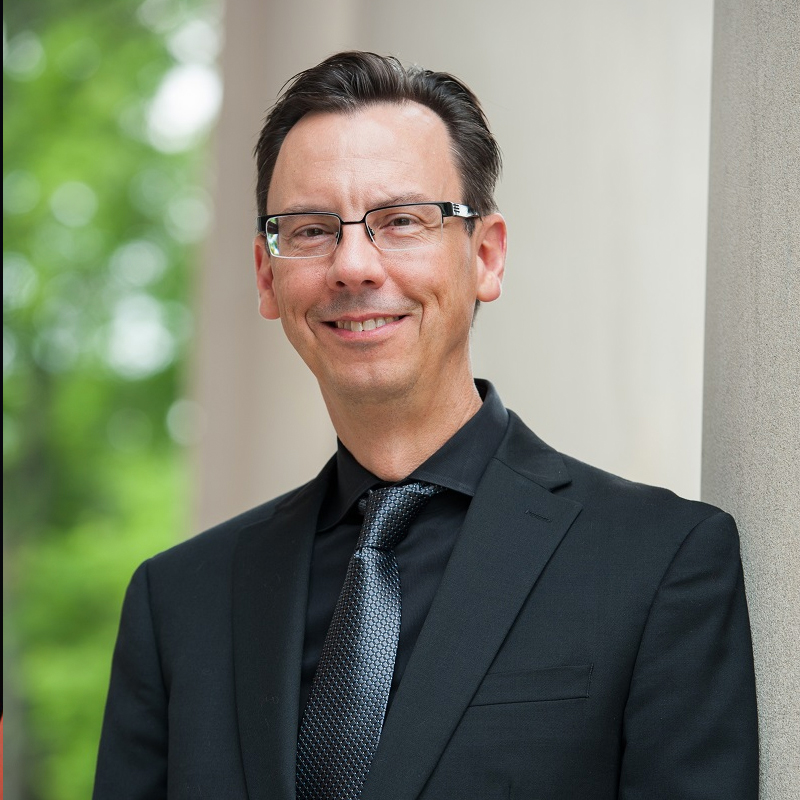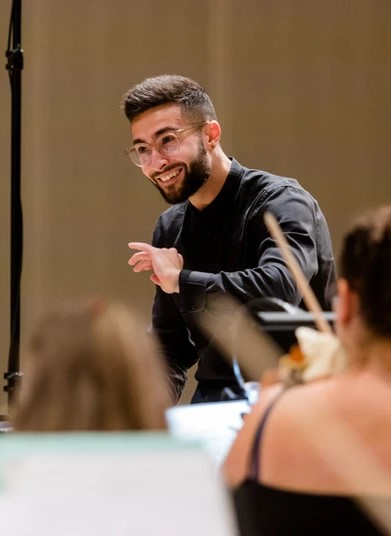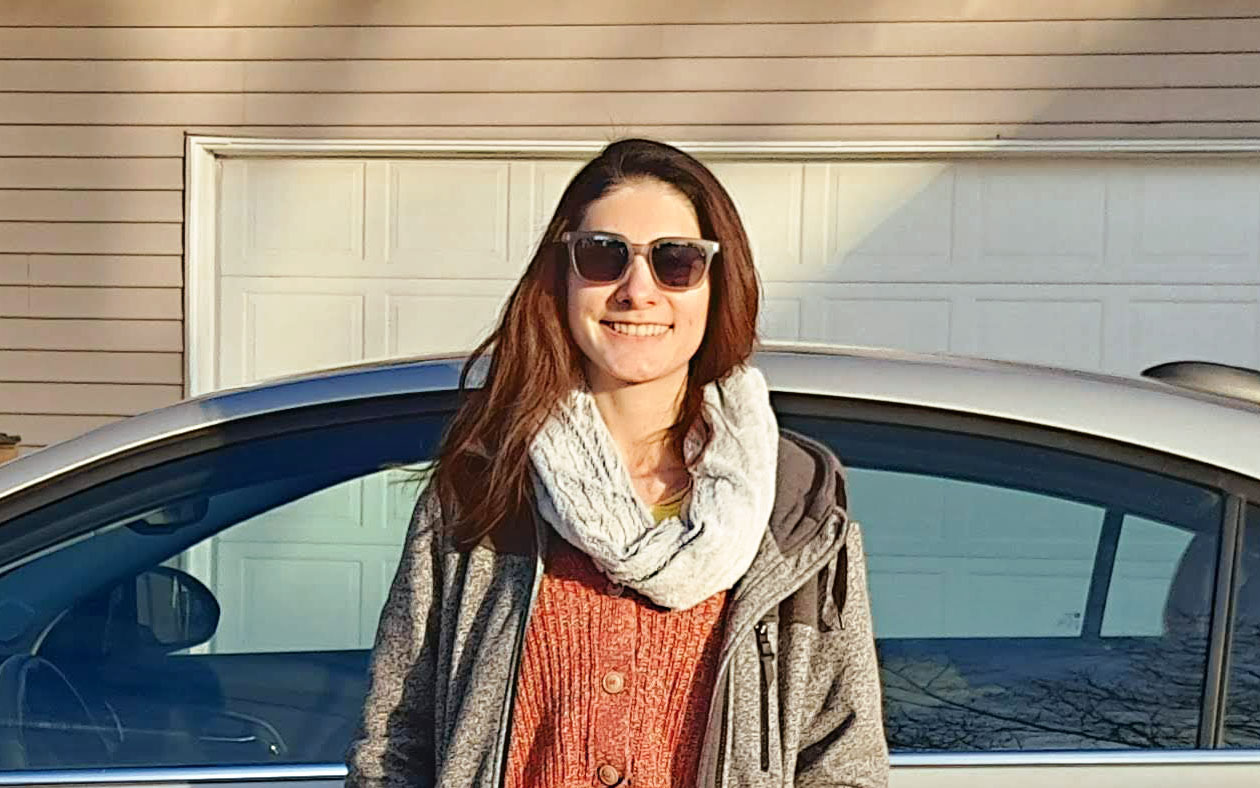Musical Whirlwind: Fanfares, Waltzes, and the Irresistible Mambo Beat!
(Spanish version here: https://wp.me/pabEmc-2yI)
In the innate expression of the human condition, which came first, music or dance? The mystery in this question, where all answers can be legitimate, has been essential to the authenticity of artistic creation. Within classical music, dances have inspired small pieces such as Bach’s Partitas and Inventions, and have served as an articulating element in monumental symphonies such as Mahler’s 8th. This artistic conjunction reveals the nature of being: its need to gather in community and with its inner self.
The concept of “Symphonic Dances” arises from the nationalist projection that both Romantic and Modern composers employed to portray their roots and the contexts that shaped their musical essence. Within this distinctive style, the Nashville Philharmonic chose compositions by Leonard Bernstein and Sergei Rachmaninoff as part of the program performed on December 12th and 19th under the baton of Christopher Norton and Tal Benatar, at the Casa de Dios Church and Plaza Mariachi. The repertoire also featured Robert Schumann’s Konzertstück for Four Horns, with soloists Leslie Norton, Radu Rusu, Hunter Sholar, and Anna Spina -members of the Nashville Symphony- who skillfully weaved the wonderful timbral textures of this piece.

Immersed in this repertoire are memories, omens, eras, and races. Both Bernstein and Rachmaninoff reflect on the impact of immigration on American society, and the myriad of feelings that become entangled with the expectations of an outsider. The Symphonic Dances from West Side Story synthesizes the soundscape Bernstein composed for a Broadway musical into an orchestral suite. West Side Story transforms the conflict between the Capulet and Montague families in Shakespeare’s Romeo and Juliet into the urban rivalry of the “Sharks” (Puerto Ricans) and “Jets” (Americans) gangs. Bernstein depicts this feud by alternating Cuban rhythms such as mambo and cha-cha-chá with swing and jazz. The orchestration of the suite preserves both the Latin percussion and the Big Band, creating a pleasing effect of dissociation between the orchestra families. Throughout the piece, the audience is exposed to a range of unexpected colors. In the first movement “Prologue”, the orchestra is muted highlighting the exquisite blending in the unison of the xylophone with the piano and the vibraphone with the harp.
Rachmaninoff’s Symphonic Dances follows a similar thematic thread to Bernstein’s work. However, in this piece, the composer assumes the role of a present narrator. The composition consolidates Rachmaninoff’s musical journey in his native Russia, and in the nations that welcomed him when he had to escape the Revolution. The first movement takes off with a vehement march that extends at length into a motif composed of only three notes. Just as in Bernstein’s work, the saxophone prominently features among solo lines, acting as an emotional prelude to climactic sections. The second movement is a waltz that doesn’t hold back in bursting into harmonies and effects in the brass, without overshadowing the delicate melodies of the strings and woodwinds. The third movement blends the Russian Orthodox chant with the Dies Irae, hinting at Rachmaninoff’s farewell to the musical and earthly realm. This suspicion is confirmed at the end of his manuscript, where the words ‘I thank Thee, Lord’ can be read. However, this movement within its continuous alternation between serene and agitated changes in tempo, does not convey the anguish of approaching the end but rather the triumph of life over death.

In the “symphonic dances,” the role of the brass is pronounced given its sonority traditionally associated with ceremony and celebration. The Konzertstück for Four Horns upholds this conception by presenting the first movement in fanfare style. In addition to this, Schumann further explores the ritornello form to structure his innovative proposal of a multiple concerto. Likewise, the lines of each soloist are arranged in keeping with the characteristics of this period; the horns interact between duets and chorales with outstanding moments of virtuosity. The distribution of the melodies in the piece, both of the soloists and the orchestra, highlights another element in common with Bernstein and Rachmaninoff’s dances. The usual structure for a symphony orchestra work is altered by the intimate and vulnerable sound of chamber music. Multiple conversations between solos define episodes of introspection and transition within the festive orchestration of the dances. One such episode is evident in the sweet introduction of a viola-led string quartet in “Somewhere” from the Symphonic Dances of West Side Story. In the first movement of Rachmaninoff’s Symphonic Dances, a similar lapse happens in the woodwind family, where the delicacy in the counterpoint of the voices makes this section a sublime moment.
As part of the Nashville Philharmonic’s initiatives, they actively seek new audiences in cultural, academic, and religious venues. Pursuing this mission, the orchestra has organized free concerts in 21 metropolitan districts of Nashville over the past 20 years. For this event, the chosen venues were within the city’s Latino community, and as a result, the repertoire featured the Symphonic Dances from West Side Story. At Casa de Dios, programs were thoughtfully distributed in Spanish, and the orchestra facilitated a connection between the conductors and the audience through a verbal translator.



